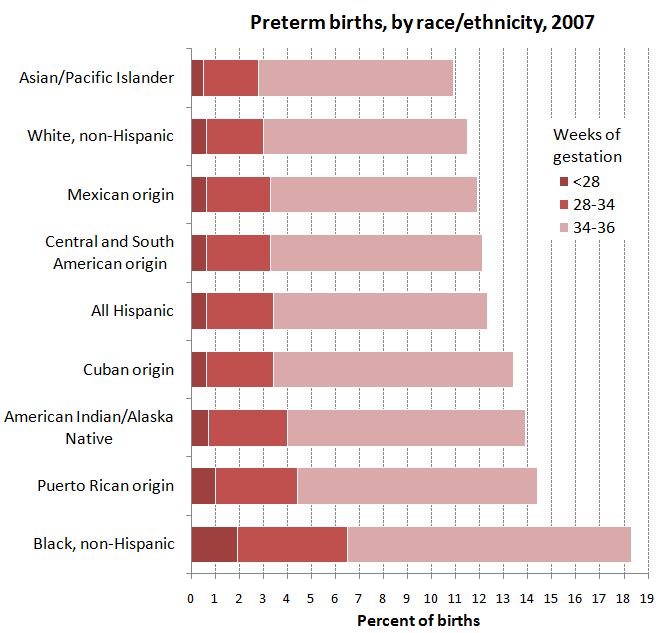 Squee sent in this video on the complexities of the placebo effect. We most often hear about the placebo effect in terms of medicine (the famed “sugar pill” that makes people feel better despite having no known effect on a condition), but as the video points out, we use placebos in other aspects of social life as well, such as buttons at intersections that don’t affect the timing of the “walk” signal but make pedestrians feel better about their wait anyway. And since the placebo effect is based in part on cultural assumptions about what should make us feel better (i.e., an expensive drug must be better than a discounted one, right?), not surprisingly the effectiveness of specific placebos varies cross-culturally.
Squee sent in this video on the complexities of the placebo effect. We most often hear about the placebo effect in terms of medicine (the famed “sugar pill” that makes people feel better despite having no known effect on a condition), but as the video points out, we use placebos in other aspects of social life as well, such as buttons at intersections that don’t affect the timing of the “walk” signal but make pedestrians feel better about their wait anyway. And since the placebo effect is based in part on cultural assumptions about what should make us feel better (i.e., an expensive drug must be better than a discounted one, right?), not surprisingly the effectiveness of specific placebos varies cross-culturally.
Fun!








